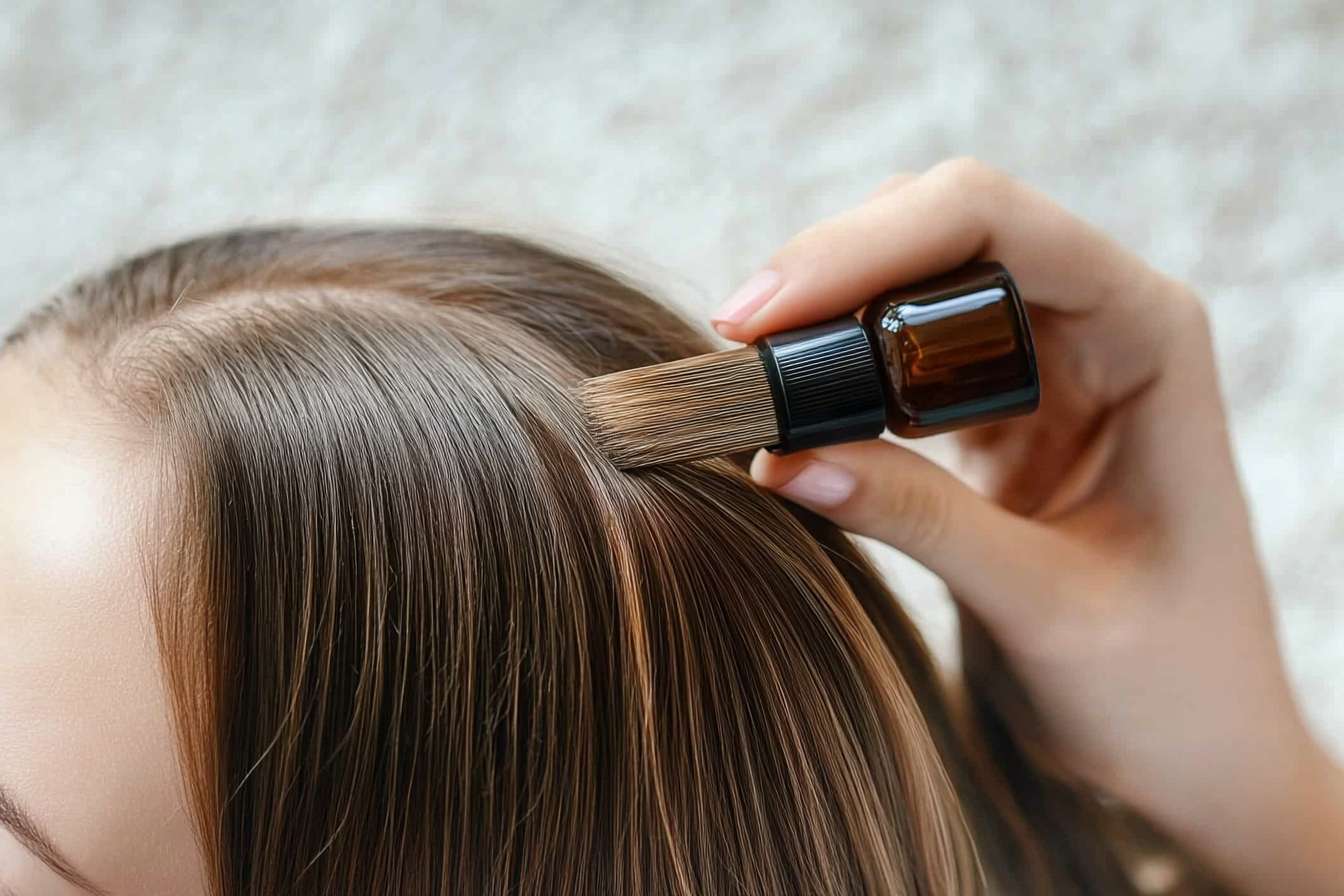Choosing actives: when to use acids, retinoids, and peptides
This article outlines practical guidance on picking and timing common actives—acids, retinoids, and peptides—for skin and hair care. It covers how these ingredients affect hydration and barrier health, how to layer them into a routine, considerations for scalp and hair porosity, and formulation points that influence effectiveness.

Understanding how to use acids, retinoids, and peptides helps you build a routine that supports moisturizing, strengthens the skin barrier, and addresses specific hair concerns. Clear decisions about exfoliation, hydration, and sensitivity reduce the risk of irritation and make products like serums and sunscreens more effective. This article explains when each class of active is appropriate, and how formulation and porosity influence results.
When to choose acids for exfoliation and barrier care
Acids are typically used for targeted exfoliation to improve texture, unclog pores, and support product penetration. Alpha hydroxy acids (AHAs) like glycolic and lactic acid are water-soluble and tend to help surface exfoliation and hydration, while beta hydroxy acid (salicylic acid) is oil-soluble and better for oily or congested skin. If you have compromised barrier function or high sensitivity, start with lower concentrations and less frequent use to preserve moisturizing and hydration. Consider skin porosity: higher porosity may absorb active ingredients faster, increasing both benefit and irritation risk. Pairing acids with a gentle moisturizer and evening routines can reduce barrier disruption.
Retinoids: timing, sensitivity, and sunscreen
Retinoids are widely used for cell turnover, fine lines, and texture. They can increase skin sensitivity to sunlight, so daily use of a broad-spectrum sunscreen is essential when incorporating retinoids into your routine. Begin with low-concentration formulations or every-other-night application to allow the barrier to adapt, and combine with hydrating serums or moisturizers to counter dryness. For people with heightened sensitivity, use a buffer method—apply moisturizer before a retinoid—or reduce frequency. Always avoid mixing strong exfoliating acids with potent retinoids on the same night unless guided by a dermatologist, as that raises irritation risk.
Peptides and serums for hydration and repair
Peptides are amino-acid fragments that support structural proteins and are common in serums intended to improve resilience and suppleness. Unlike acids and retinoids, peptides are typically gentle and can be layered with most hydrating and antioxidant products. Look for formulations where peptides are combined with humectants and emollients to maximize moisturizing and hydration benefits. Peptide serums can complement retinoid treatments by supporting barrier repair during recovery periods. Check product formulation for stability and pH, since peptides often require neutral pH and supportive ingredients to remain effective.
Scalp and hair actives: volumizing, detangling, porosity
Actives for the scalp and hair target different needs than facial skin care. For volumizing or strengthening, look for peptides and lightweight proteins that temporarily alter hair shaft behavior, plus ingredients that manage sebum and provide scalp hydration. Detangling is most influenced by conditioners and silicones or cationic polymers that smooth cuticles; matching these to hair porosity can improve results. Low-porosity hair benefits from lighter formulations that avoid residue buildup, while high-porosity hair often needs richer, more penetrating treatments. Scalp-sensitive individuals should patch-test exfoliating scalp treatments and favor gentle formulations.
Layering actives: routines and compatibility
Effective layering prioritizes product compatibility and tolerance. A practical sequence for most routines is: cleanse, treat with water-phase acids or serums (when applicable), apply peptide serums or targeted treatments, follow with moisturizers, and finish with sunscreen in the morning. Leave-time between layers can improve absorption: for example, wait a few minutes after an acid or retinoid before applying a moisturizer. Antioxidants can usually be combined with acids and retinoids to support barrier health, but be cautious with simultaneous high-strength exfoliants and retinoids. Monitor sensitivity and scale back when irritation appears; hydration-focused products and barrier-repair ingredients help maintain resilience.
Formulation notes and product selection
The way an ingredient is formulated affects how it performs. Water- versus oil-solubility determines whether an active targets surface layers or penetrates sebum-filled follicles. Vehicle choice—cream, serum, gel, or leave-on scalp formula—matters for moisturizing and delivery. Peptides and antioxidants may need specific pH ranges or stabilizers, while acids require proper buffering. For hair, look at concentration, carrier ingredients, and whether a product is designed for low- or high-porosity hair. Read labels for supportive moisturizing components, and select a sunscreen formulation compatible with your other daytime actives.
This article is for informational purposes only and should not be considered medical advice. Please consult a qualified healthcare professional for personalized guidance and treatment.
In summary, acids are useful for controlled exfoliation, retinoids for promoting turnover and texture improvements, and peptides for supportive repair and hydration. Consider skin and hair porosity, sensitivity, and the formulation when building a routine. Prioritizing barrier health and sensible layering—along with consistent sunscreen use for photo-exposed skin—helps maximize benefits while minimizing irritation.





